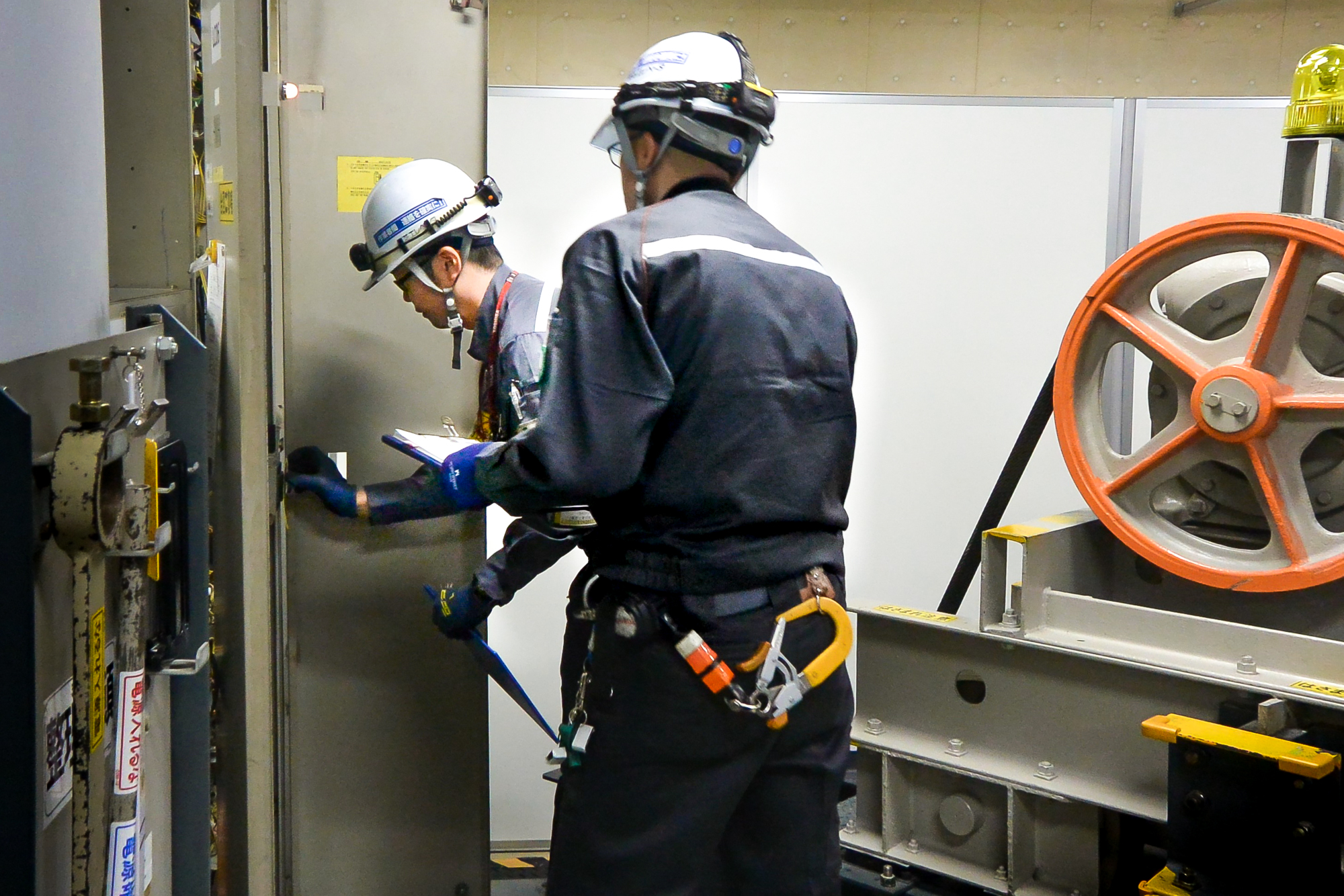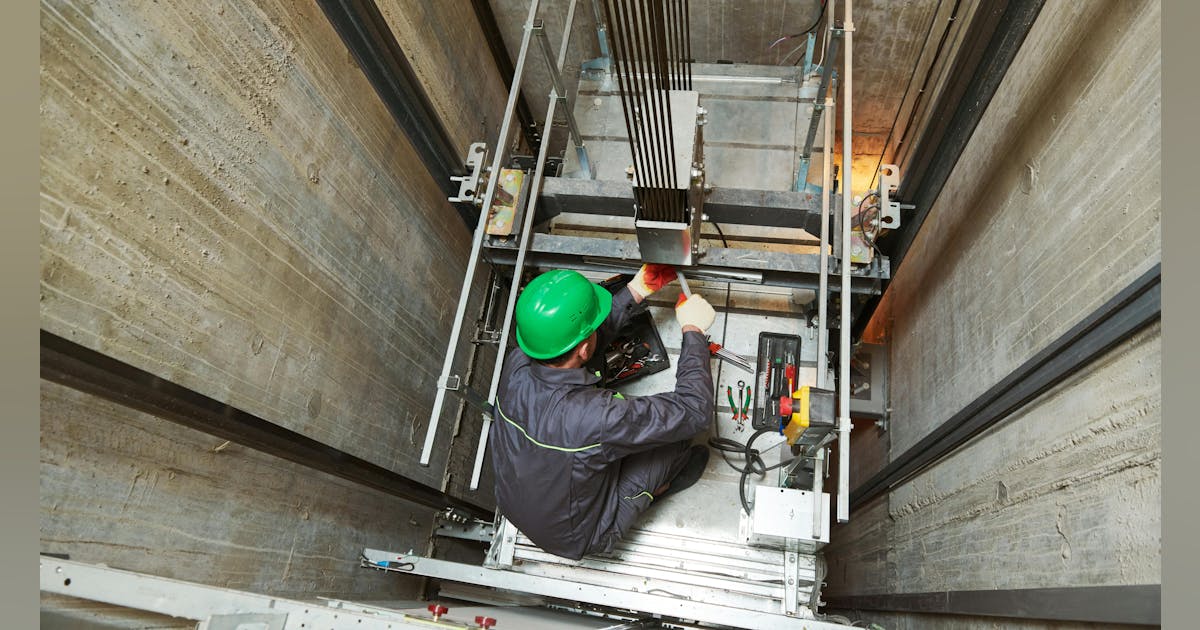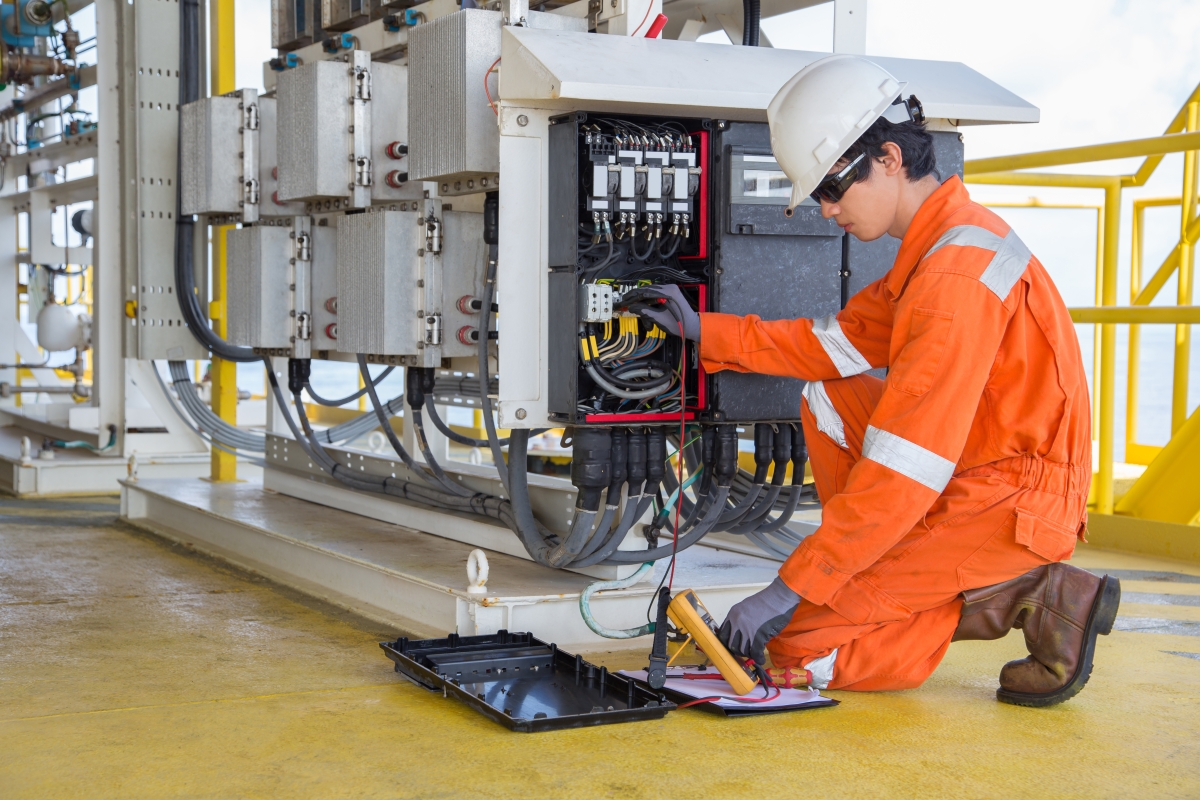Comprehensive Lift Maintenance Solutions for Efficient Building Workflow
Wiki Article
Diving Into the Essential Aspects of Lift Maintenance Practices
In the world of vertical transport, the reliability and safety and security of lifts are extremely important factors to consider for structure proprietors and residents alike. Lift maintenance practices play an important duty in making sure smooth procedures and avoiding potential dangers. From normal assessments to applying preventative upkeep procedures, every aspect of upkeep contributes to the general performance and longevity of lift systems. There are crucial elements of upkeep that frequently go unnoticed but hold enormous importance. By checking out these subtleties, a deeper understanding of elevator maintenance practices can be gotten, dropping light on the intricacies that make a significant distinction in elevator performance and safety and security.Importance of Normal Assessments
Normal examinations are a vital element of elevator maintenance, ensuring the safety and performance of the system. These regular checks are necessary in identifying prospective concerns before they rise right into major troubles, thus protecting against expensive repair work and downtimes. Throughout inspections, trained specialists carefully take a look at various parts such as cables, sheaves, electric motors, and safety and security functions to guarantee they are operating properly. By sticking to a regular inspection schedule, building proprietors and center managers can guarantee that their lifts fulfill all safety and security policies and standards. Proactive upkeep with normal examinations can prolong the life-span of the elevator equipment, eventually saving on replacement expenses in the long run. In addition, these evaluations play a vital function in improving the overall guest experience by minimizing the occurrence of unexpected break downs or disruptions in service. Finally, routine assessments are not simply a maintenance task yet a positive procedure to promote lift safety and security, integrity, and durability.
Preventive Upkeep Steps
Structure on the structure of routine inspections for elevator maintenance, precautionary upkeep actions serve as positive methods to further enhance the dependability and durability of lift systems. Key elements of precautionary upkeep for lifts consist of oiling relocating parts, changing door devices, screening safety features, and inspecting electrical systems.On a regular basis changing damaged parts, such as wires, wheels, and control systems, is additionally important in precautionary maintenance to reduce the danger of malfunctions. lift maintenance. Furthermore, carrying out complete efficiency examinations and keeping thorough upkeep documents can assist determine patterns of wear and prospective areas for improvement. Applying these preventative upkeep steps not only raises the general efficiency of elevator systems however also adds to a more secure and a lot more trusted vertical transportation experience for constructing passengers
Function of Educated Professionals

Moreover, experienced professionals are furnished to take care of emergency situation circumstances promptly and efficiently - lift repair company. In the event of a malfunction or entrapment, their competence enables them to fix issues successfully, lessening downtime and restoring lift capability swiftly. In addition, these professionals stay updated on market standards and technological developments, permitting them to carry out the most up to date maintenance techniques and guarantee compliance with security guidelines
Enhancing Efficiency Through Maintenance
Educated specialists' competence in elevator upkeep not only makes certain safety and security and ideal performance yet likewise functions as a foundation for enhancing total system performance via meticulous maintenance techniques. Lift systems are complicated, requiring routine upkeep to operate at their ideal. By adhering to a strict upkeep timetable, technicians can recognize prospective issues prior to they rise, thus stopping unanticipated break downs and expensive repairs. Via regular evaluations, lubrication of moving parts, and modifications to make sure alignment, professionals can adjust the elevator system for peak performance.Additionally, positive upkeep actions can prolong the lifespan of lift components, reducing the need for premature substitutes. This positive strategy not only enhances performance however also adds to a smoother, quieter trip for travelers. By staying abreast of technical advancements and sector finest techniques, specialists can carry out upgrades or modifications that improve system effectiveness and individual experience. Generally, focusing Full Article on maintenance not only improves elevator performance yet additionally improves safety, dependability, and overall fulfillment for developing occupants.

Longevity of Lift Equipments
Sustaining the long life of elevator systems needs a calculated mix of aggressive upkeep practices and adherence to sector standards. Elevators are intricate systems that undergo substantial deterioration as a result of constant use. To ensure their longevity, normal inspections, lubrication of moving components, and prompt substitutes of worn-out elements are essential. Executing a preventative upkeep schedule can help recognize potential problems prior to they escalate, thus expanding the lifespan of the lift system.In addition, conformity with industry laws and standards is essential for the risk-free and reliable operation of elevators. Complying with standards set by organizations such as the American Culture of Mechanical Engineers (ASME) makes certain that maintenance jobs are performed properly and that safety and security protocols are maintained. Failure to abide by these standards not only endangers the longevity of the elevator system however additionally positions substantial dangers to the residents.
Verdict
Finally, the critical aspects of lift maintenance techniques consist of routine assessments, precautionary maintenance measures, the duty of skilled technicians, improving efficiency via upkeep, and ensuring the long life of elevator systems. By adhering to these methods, building owners can make certain the security, dependability, and efficiency of their lift systems, ultimately lowering the threat of pricey repairs and downtime. Keeping elevators in ideal problem is crucial for the health of residents and the smooth procedure of buildings.By discovering these get more nuances, a much deeper understanding of lift upkeep practices can be gained, dropping light on from this source the details that make a substantial difference in lift performance and safety and security.
Normal evaluations are a critical aspect of elevator upkeep, guaranteeing the security and effectiveness of the system.Building on the foundation of regular evaluations for lift upkeep, preventative maintenance actions offer as positive techniques to additionally improve the dependability and durability of lift systems.Trained professionals' competence in lift upkeep not just guarantees safety and optimum efficiency yet additionally offers as a keystone for boosting overall system performance via thorough upkeep practices.In final thought, the vital aspects of lift maintenance methods consist of routine evaluations, precautionary upkeep measures, the role of trained service technicians, enhancing performance through maintenance, and ensuring the long life of lift systems.
Report this wiki page